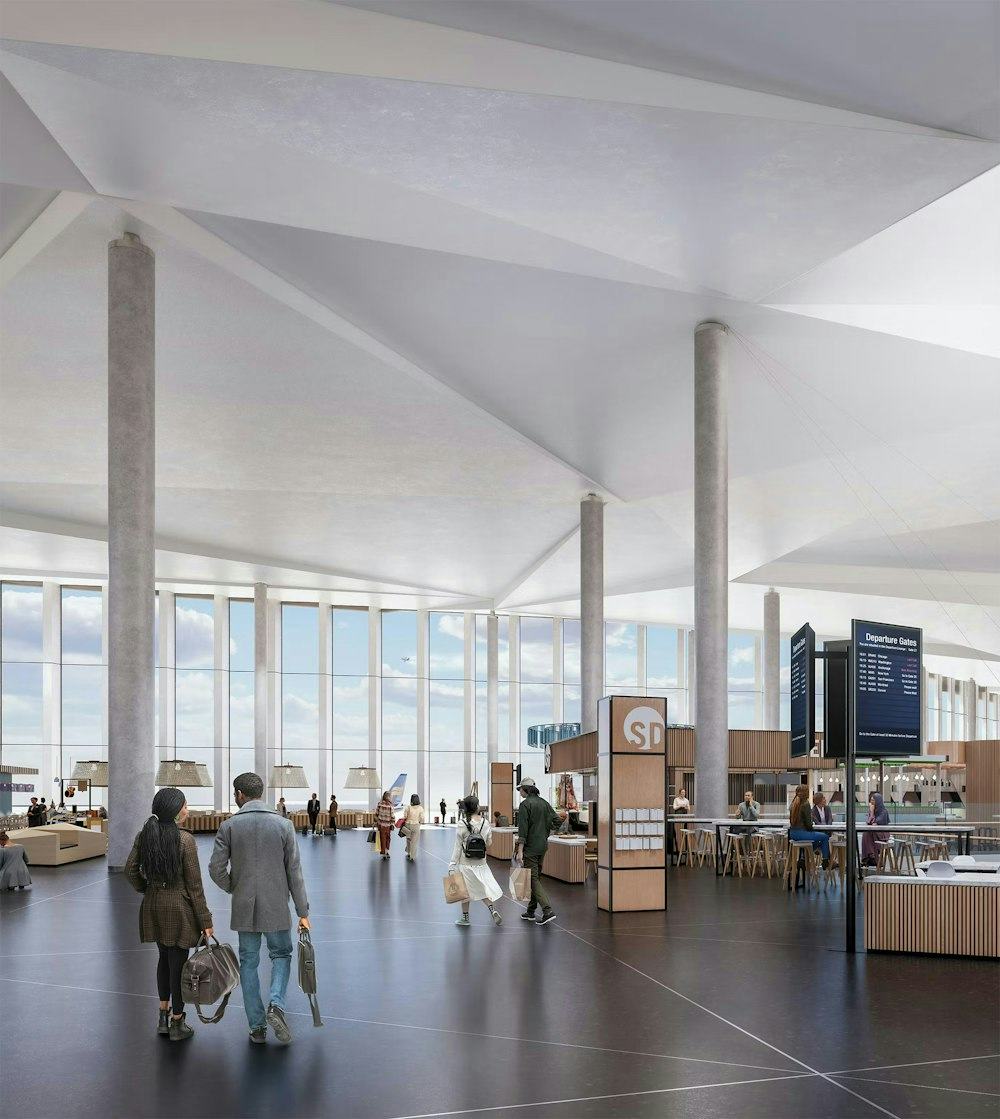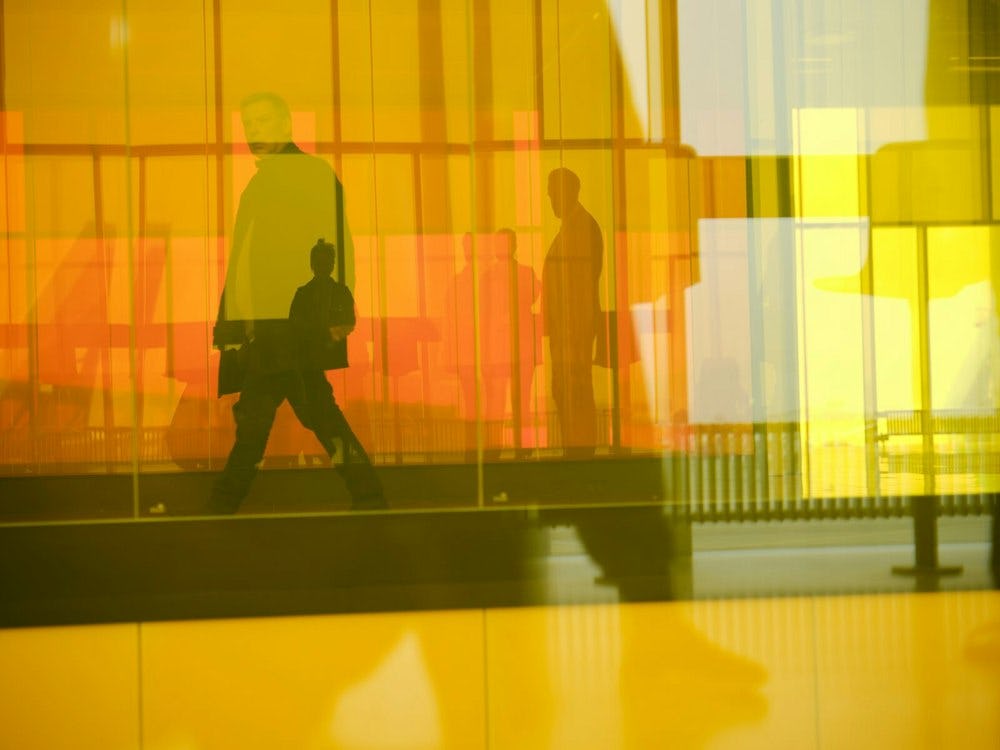Building a sustainable future, one expansion at a time
Have a look at the future of Keflavik Airport
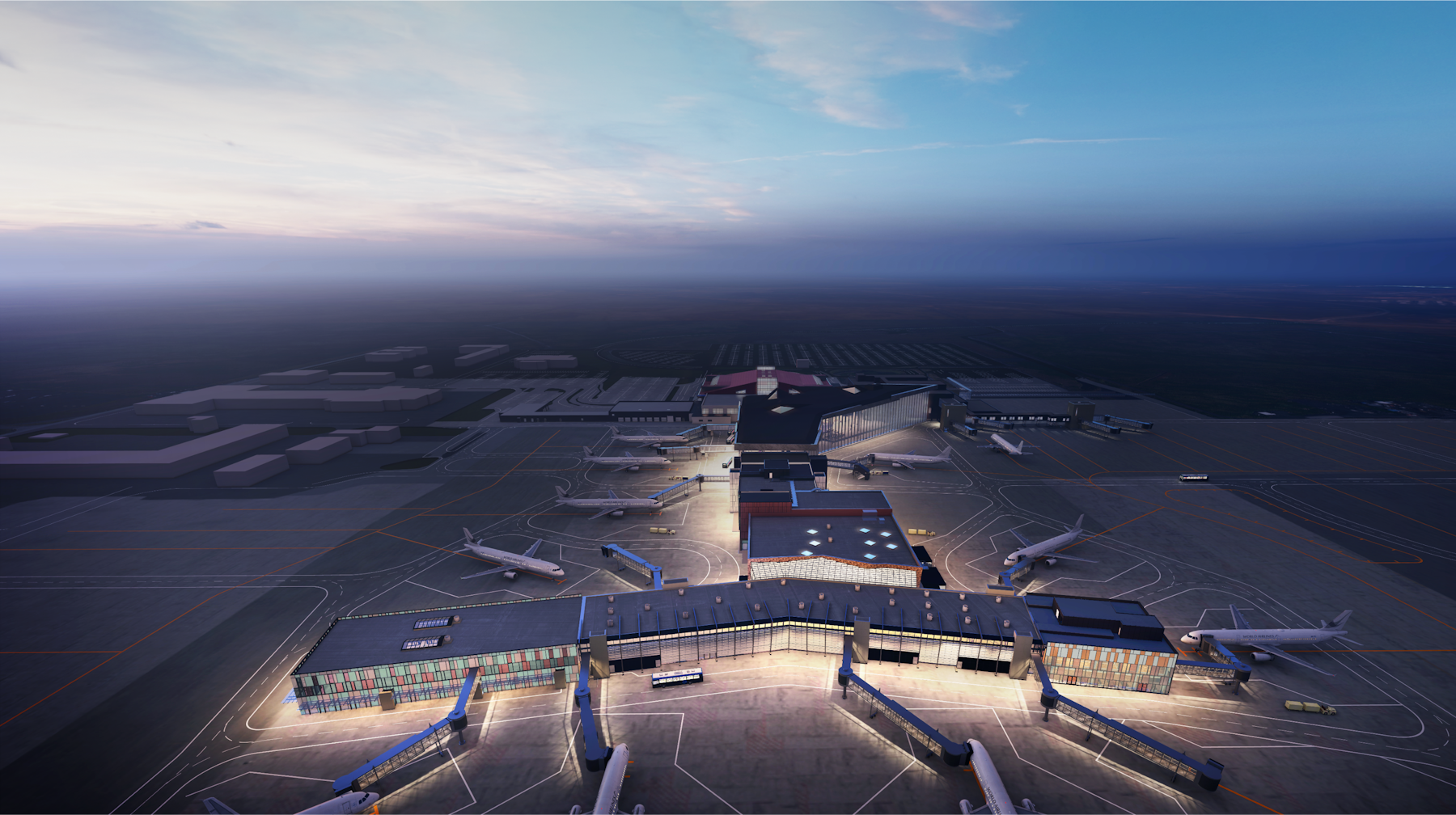
Harmonious growth of the Icelandic nation and Keflavik Airport throughout the years
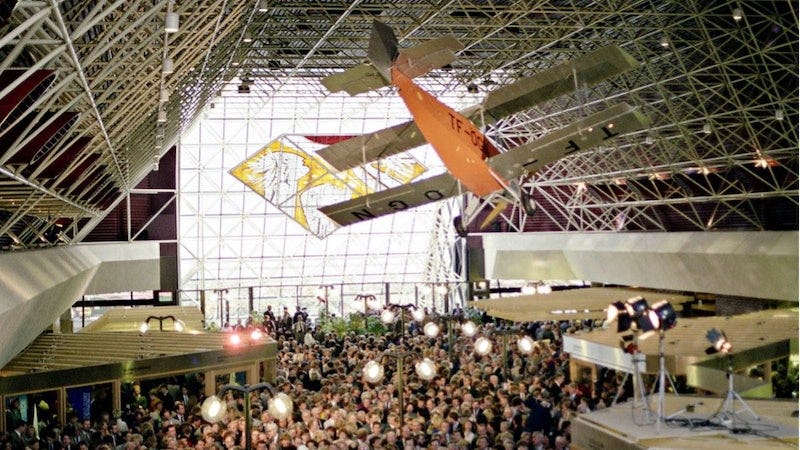
Leif Eiriksson Air Terminal opens
Leif Eiriksson Air Terminal opened in 1987. At the time, the area covered around 23,000 m2, which some found excessive.
The same year, the Icelandic Parliament accepted a proposal that secured a nearly fourfold increase in air transit financing in Iceland, marking a breakthrough in Icelandic aviation history. Thus began focused development and improvements in air transit. The previous year, ownership of the former Allied military airports in Reykjavík and Keflavík was transferred to Iceland.
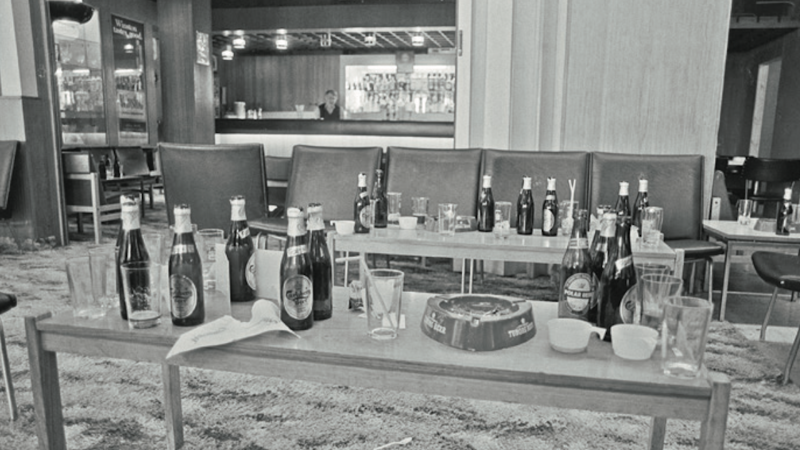
Smoking prohibited on international flights
In years past, nobody boarded an international flight without a tipple and a smoke.
As the 80s progressed into the 90s, one airline after another began banning smoking on board their aircraft. In 1996, the International Civil Aviation Organization recommended a smoking ban on passenger flights worldwide.
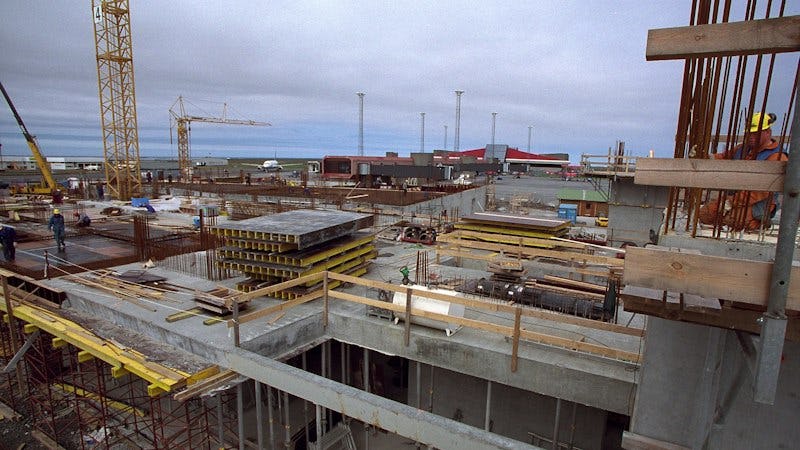
The South Building opens
By the mid-90s, the terminal's capacity had reached its limit. This increased need for expansion was primarily due to Iceland’s full membership of the Schengen area, which required complete separation of passengers inside and outside the area.
The South Building, a 17,000m2 annex to the south, opened on 25 March 2001, increasing the terminal’s overall size to 40,000m2.
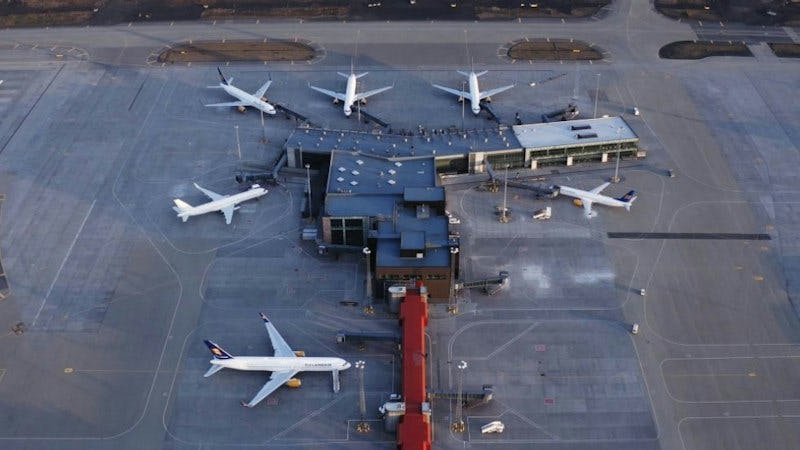
Expansion of the North Building to the east and west
In 2003 and 2004, the increase in passenger numbers at Keflavik Airport was more significant than generally seen at airports in mainland Europe and North America.
In response, the check-in and reception area were expanded by 2,000m2. These facilities were brought into use in 2004.
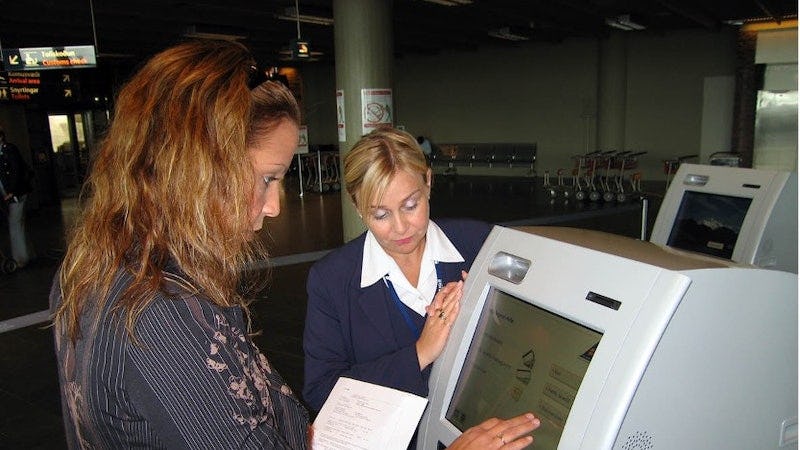
New check-in kiosks
Six self-service stations for passenger check-in opened in May 2006. Much has changed since then, and self-service kiosks are now a familiar sight at most airports around the world.
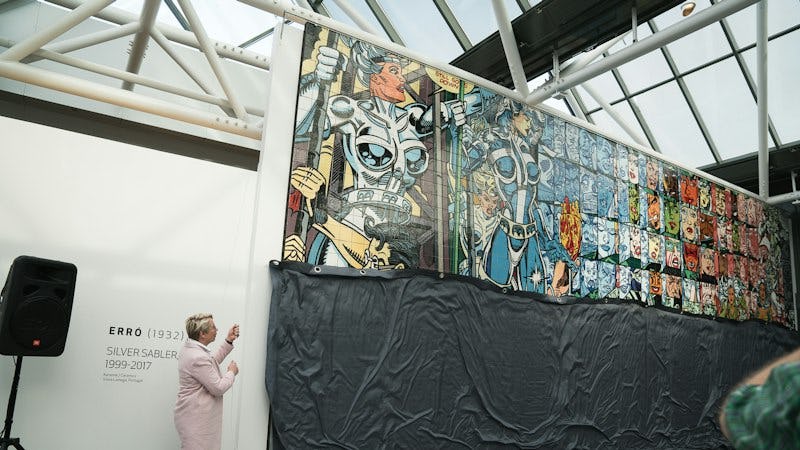
The terminal formally reopens after expansion
On the terminal's 20th anniversary in April 2007, Valgerður Sverrisdóttir, then Minister for Foreign Affairs, formally opened the new 14,000m2 South Building after four years of construction. The terminal was expanded to 56,000m2 as a result of these renovations.
With these expansions, the South building boasted ten specialty shops, three duty-free shops, and countless restaurants and cafés.
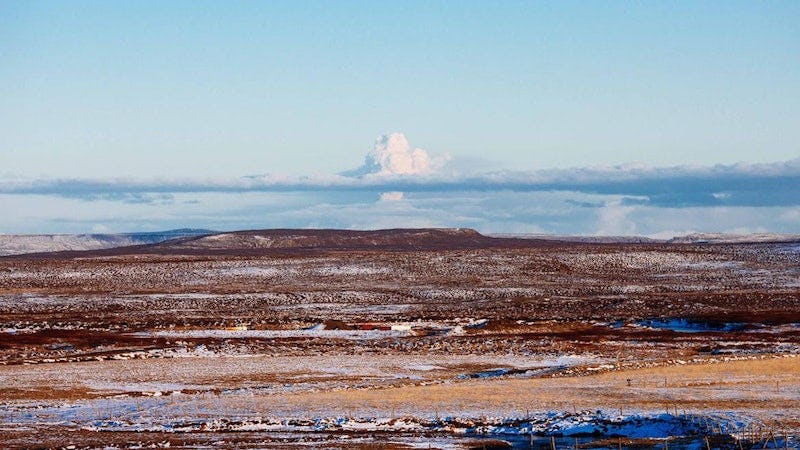
Eruption of Eyjafjallajökull
In the spring of 2010, an eruption at Eyjafjallajökull placed Iceland squarely on the world map when it caused problems for travelers across the world. The eruption lasted over a month and the resulting ash cloud forced the closure of air space over the North Atlantic and many other European countries for five days.
The eruption was the subject of intense discussion, and the number of tourists in the following years increased rapidly, making the tourism industry a cornerstone of the Icelandic economy.
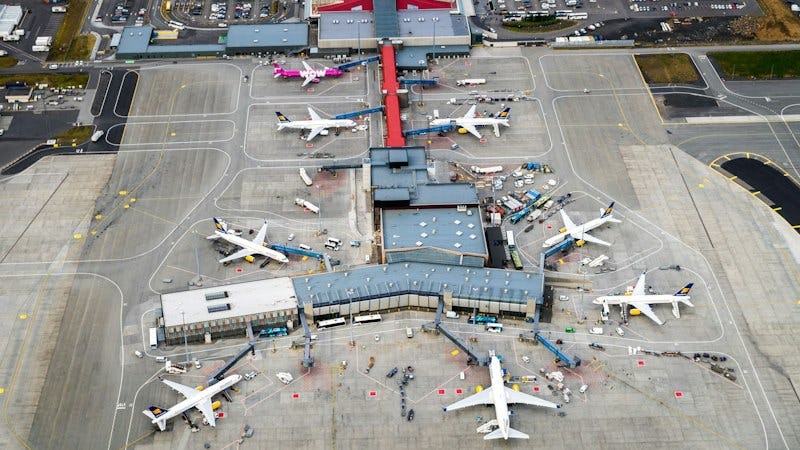
Expansion of the South Building begins
Extensive construction on the terminal began in 2013, increasing capacity and shortening passenger waiting time. Further expansions of the South Building to the west began in 2014. During the autumn of the same year, Isavia held an international tender for the formulation of a development plan for Keflavík Airport for the next 25 years.
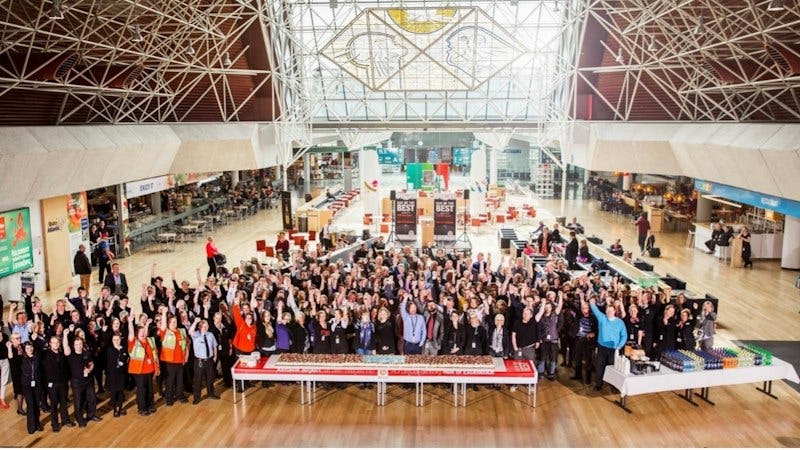
Keflavik Airport among the best in the world
In 2014, Keflavik Airport earned a place of honor on the list of the world's best airports. The accompanying picture shows airport staff celebrating this milestone with an enormous cake.
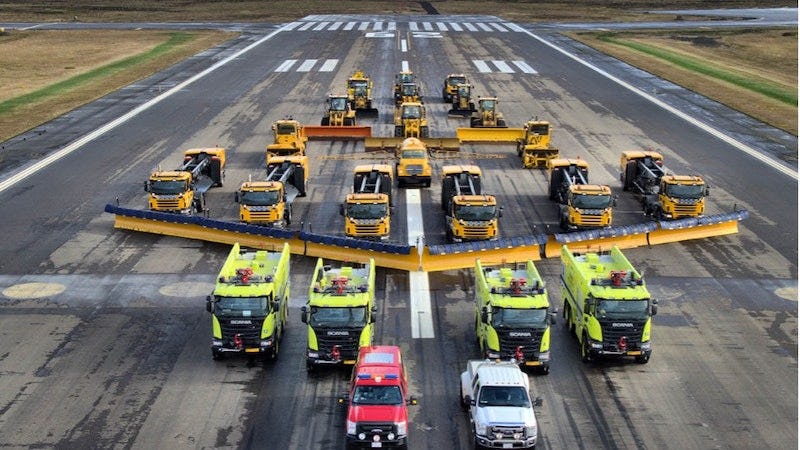
Remote stands built to the east
Various construction projects took place at Keflavik Airport between 2015 and 2018. Remote stands were built east of the terminal, along with a retention basin for cleaning surface water from the apron.
The leading purpose of the Keflavik Airport retention basins is to collect water, delay it on its way, and purify it.
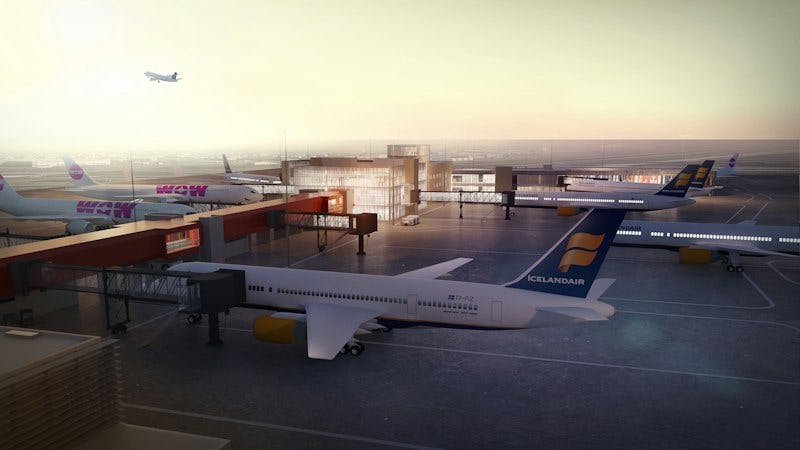
Expansion of the South Building to the north
Construction to expand the South Building to the north began in 2016. Expansion of the building to the west had begun two years earlier.
This included expanding the border hall, a much larger waiting area, and a greater variety of shops and restaurants on the first floor.
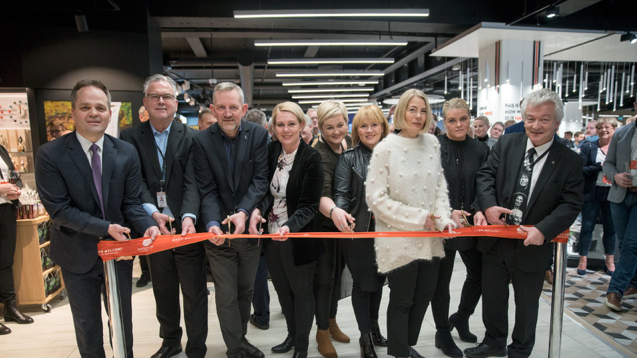
Expansion of the South Building begins
The expanded South Building was opened in March 2018. The expansion totalled 7,000m2 and the new area was brought into use in stages.
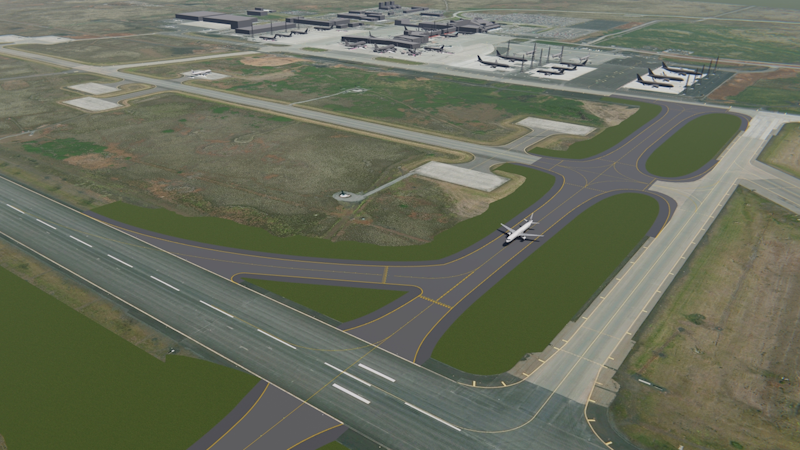
Construction of the new taxiway
Construction of the new taxiway, known as Mike, was well underway in 2022 and the new taxiway opened in the summer of 2023. Mike is 1,200m long and 35m wide and connects the apron and runway.
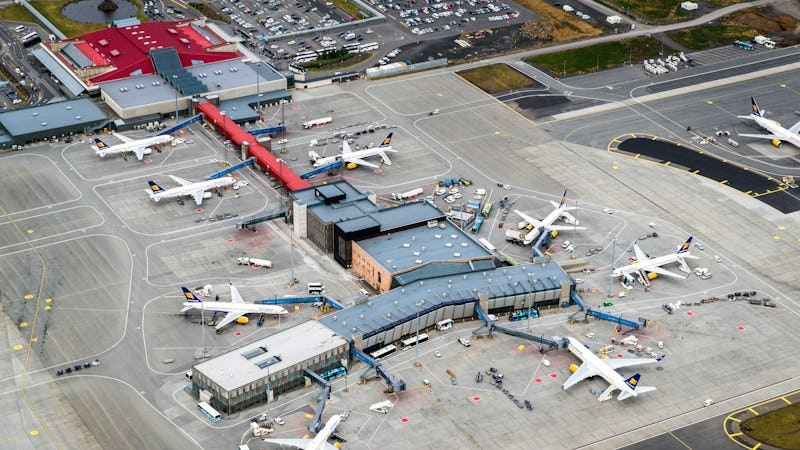
Expansion of the South Building to the east
The expansion of Keflavik Airport’s South Building is currently in progress. This project will result in improved facilities for passengers at the departure gate at the east end of the South Building, a greater variety of shops and restaurants, and an improved passenger waiting area.
Construction begins in 2023 and is expected to be completed in 2024.
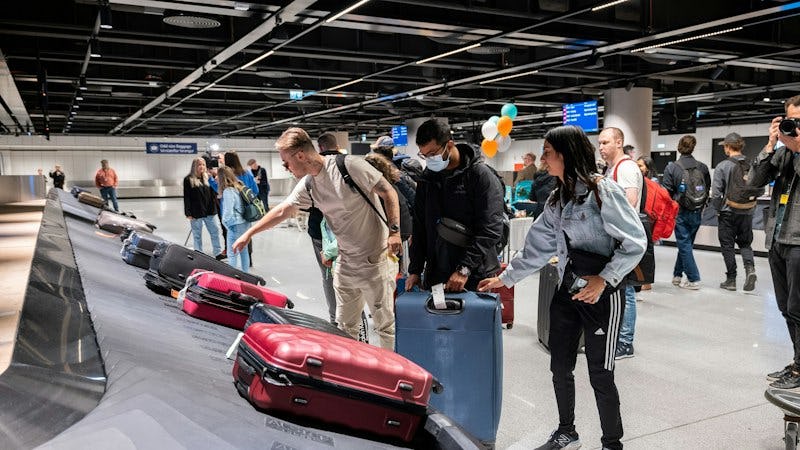
New Baggage Hall
Situated on the ground floor of a fresh extension to the terminal, a new baggage hall opened in the summer of 2023 and represents the new east wing's initial phase. It features three expansive and broad baggage claim belts, with provision for adding two more in the future.
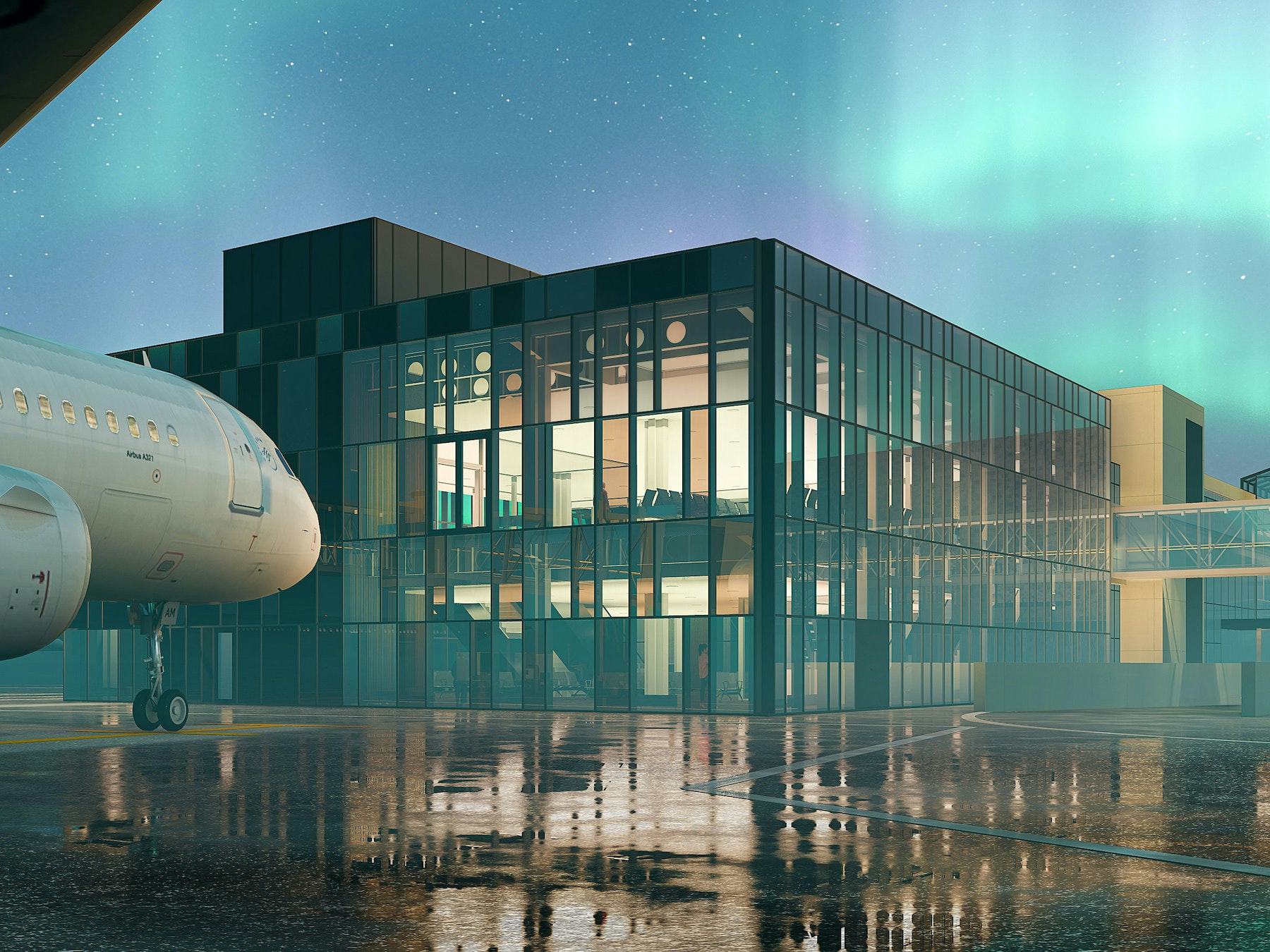


What does KEF+ involve?
Constantly evolving
KEF+ is the driving force behind all Isavia projects related to airport development. With KEF+, Isavia ensures that Keflavik Airport always fulfills its duties to passengers and the people of Iceland - today and in the future.
Timely development
Since 2009, passenger numbers have increased exponentially, pushing the airport to its limits. KEF+ stands for responsible development in accordance with future demands.
Sustainability pays
Sustainability is at the heart of all KEF+'s decisions. All project designs are designed with long-term goals and organized so as to minimize waste. This saves time, money, and effort - not to mention the environmental benefits.
70% expansion
The Keflavik Airport terminal is expected to expand by 70%, i.e. 52,000m2, by 2030.
